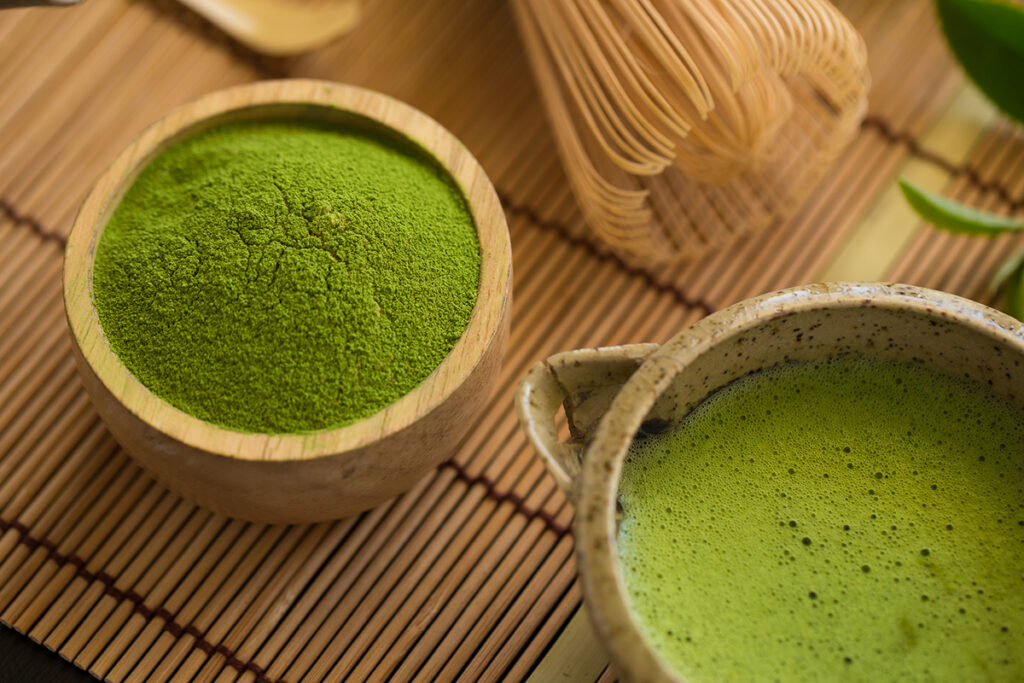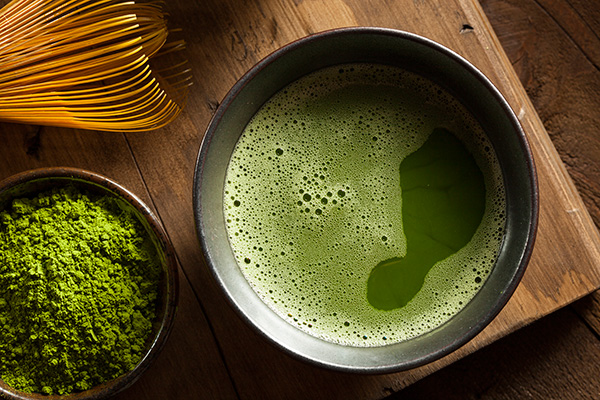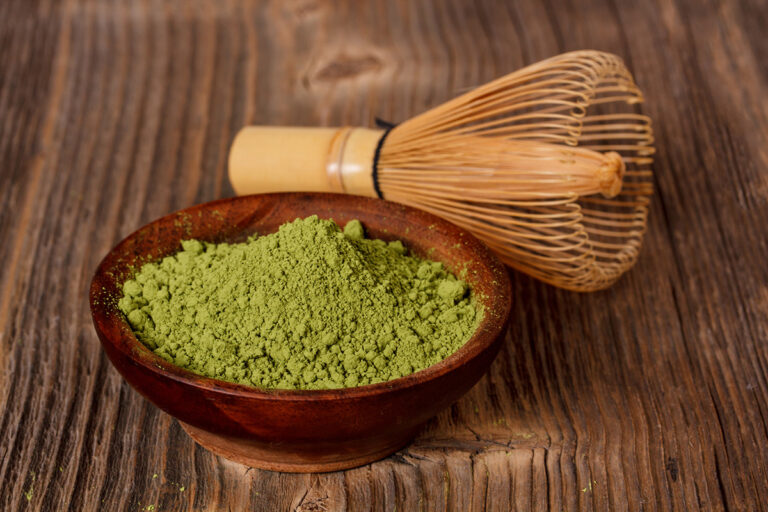Why Is Matcha So Expensive?
Matcha has gained worldwide popularity in recent years, but many people are still shocked by its price tag.
So, why is this unique green tea so costly?

Why Is Matcha So Expensive?
Several factors contribute to matcha’s high cost, ranging from its limited growing regions to labor-intensive cultivation and production processes.
Matcha Only Grows in Specific Geographic Regions
Matcha comes from the first harvest of the tea plant Camellia sinensis, which occurs during a short period of time, usually between May and June. This harvest lasts only about 1-2 months.
The specific climate and soil conditions required for matcha cultivation mean that it can only be grown in certain regions of Japan. The most notable regions for matcha production are Uji in Kyoto Prefecture, Nishio in Aichi Prefecture, Shizuoka Prefecture, and Kagoshima Prefecture.
These geographic limitations and the short harvesting window contribute to the tea’s scarcity and exclusivity.
Labor-Intensive Cultivation Process
The cultivation process for matcha is highly labor-intensive, which further increases its cost. Tea plants intended for matcha production are shaded for about three weeks before the harvest to increase the levels of chlorophyll and amino acids in the leaves. This shading process requires precise timing, attention to detail, and construction and maintenance of shading structures.
Manual Harvesting
Manual labor is essential for matcha production. Skilled workers handpick only the youngest, most tender leaves at the top of the tea plant. This selective harvesting ensures the highest quality matcha, but it is a slow, labor-intensive process that contributes to the tea’s high price.
Traditional Stone Grinding
After the leaves are harvested, they are carefully steamed, dried, and then ground into a fine powder using traditional stone mills. This slow grinding process requires a skilled artisan to ensure a consistent, fine texture. The stone grinding also helps retain the tea’s vibrant green color and delicate flavor profile, but it adds to the overall production cost.
Demand
The global demand for matcha has been steadily increasing, driven by its perceived health benefits, unique flavor, and versatility in recipes. This growing demand, combined with the limited supply and labor-intensive production process, has contributed to the high price of matcha.
Culinary vs. Ceremonial Grade Matcha
There are two main grades of matcha: culinary and ceremonial. Culinary-grade matcha is typically less expensive and used in recipes, while ceremonial-grade matcha is more expensive and reserved for traditional tea ceremonies. The difference in price is due to the quality of the tea leaves used and the finer grind of ceremonial-grade matcha.
How Much Does Matcha Cost?
Matcha prices can vary widely, depending on factors such as grade, quality, and brand. Culinary-grade matcha can range from $20 to $50 per 100 grams, while ceremonial-grade matcha can be anywhere from $50 to over $100 per 100 grams.
To put the numbers into perspective, you will usually want to use 1,5-2 grams of matcha powder per standard 8-oz cup.
Is Matcha Really Worth It?
The high cost of matcha is a reflection of its labor-intensive production process, limited supply, and growing demand. For those who appreciate matcha’s unique flavor, potential health benefits, and versatility in recipes, the investment may be well worth it. Additionally, the experience of participating in a traditional tea ceremony can be a priceless cultural experience for some.
Final Thoughts
Matcha’s high price tag is a result of the numerous factors that contribute to its production, from limited growing regions to labor-intensive cultivation and production processes. Although it may be expensive, matcha offers a unique flavor, potential health benefits, and a rich cultural experience that many enthusiasts believe justifies the cost.
When deciding whether matcha is worth the investment, consider your tastes, how you plan to use the tea, and your budget. Remember that different grades of matcha are available, so you can always start with a less expensive culinary grade to explore its flavor before investing in a higher-quality ceremonial grade.
Ultimately, the value of matcha is subjective, but for those who appreciate its unique characteristics, it can be a worthwhile indulgence.





